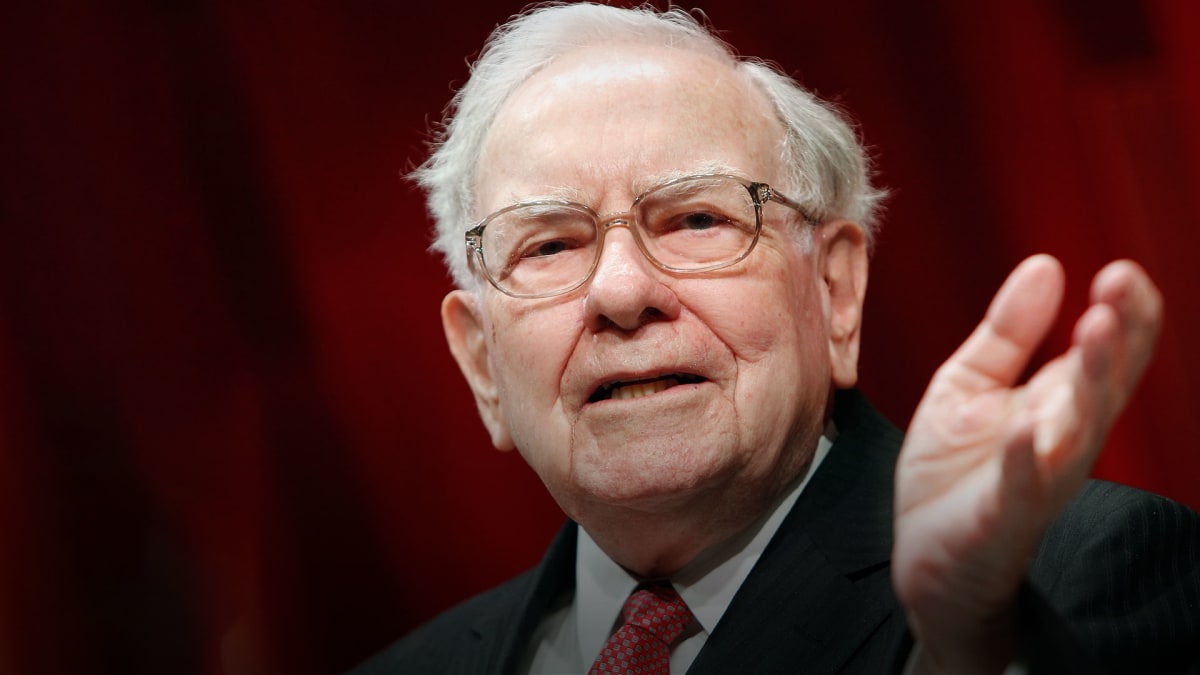
The sudden collapse of Silicon Valley Bank on Mar.ch10 caused the most serious crisis of confidence in banks since the Great Financial Crisis of 2008, which devastated the global economy and threatened to bring the financial system to its knees.
The Californian bank had bet on interest rates, by investing in high quality bonds. The problem was that SVB (SIVB) bought these bonds and mortgage-backed securities when interest rates were low and did not protect itself in the event that rates rose. The bank simply did not hedge its risk.
When the Federal Reserve began raising interest rates from the second half of 2021, the bank's bonds began to lose value. This problem coincided with the fact that SVB's clients -- mostly startups and venture capital firms -- could no longer easily find cash to finance their operations and projects, as was the case during the pandemic, a period during which the federal government had printed money in large quantities.
These startups consequently started to dip into their deposits. SVB had no choice but to sell part of its bond portfolio and other securities to satisfy these withdrawal requests. As a result, the bank had to suffer a net loss of $1.8 billion during these sales and therefore needed to raise $2.25 billion to shore up its liquidity.
Extraordinary Measures
This announcement frightened its customers and caused a run on the bank. Since then, investors have feared contagion, saying that other banks may have made the same mistakes as SVB. The crisis of confidence mainly affects regional banks and has moved to Europe around Credit Suisse, a bank rocked by scandals for the last few years.
The regulators had to intervene urgently to avoid a disaster. They had to shut down SVB and unveiled a plan to guarantee all depositors in the bank, even those with deposits exceeding $250,000, the regulatory limit that the Federal Deposit Insurance Corporation guarantees.
Besides the extraordinary new measure, the Fed has also created a backstop to lend money, of up to one year in length, to banks, savings associations, credit unions, and other eligible depository institutions, pledging U.S. Treasuries, agency debt, mortgage-backed securities and other qualifying assets as collateral.
These assets will be accepted at par value, which means at their original value, regardless of the rise in interest rates in recent months which has reduced the value of long-term bonds purchased when rates were low. In summary, the Fed does not want financial institutions to find themselves in a situation where they are forced to sell their bonds at a big loss.
But these measures were not enough to restore confidence, especially since the regulators had to shut down another bank, Signature Bank in New York.
Will Buffett Invest in Regional Banks?
The Biden administration is pursuing unconventional measures to help banks that continue to let down investors. The federal government does not want to directly bail out the banks, after the backlash caused by the use of taxpayer money to help the banks in 2008.
Now enters Warren Buffett. The White House is currently in contact with the legendary and highly respected investor, according to Bloomberg News. There have been several conversations between the Biden team and the billionaire. These discussions revolve around a possible investment of Buffett in the regional banks. The investor has also given advice to the White House on the management of the current crisis.
Buffett has been called upon to help banks in the past. During the financial crisis of 2008, the investor granted, through his holding Berkshire Hathaway (BRK.B), a $5 billion lifeline to Goldman Sachs to prevent it from experiencing the same fate as Lehman Brothers, which had just filed for bankruptcy.
In 2011, Buffett also injected funds into Bank of America, whose shares plunged due to large losses related to subprime mortgages, which were the origin of the financial crisis of 2008.
The Treasury Department didn't immediately respond to a request for comment.







